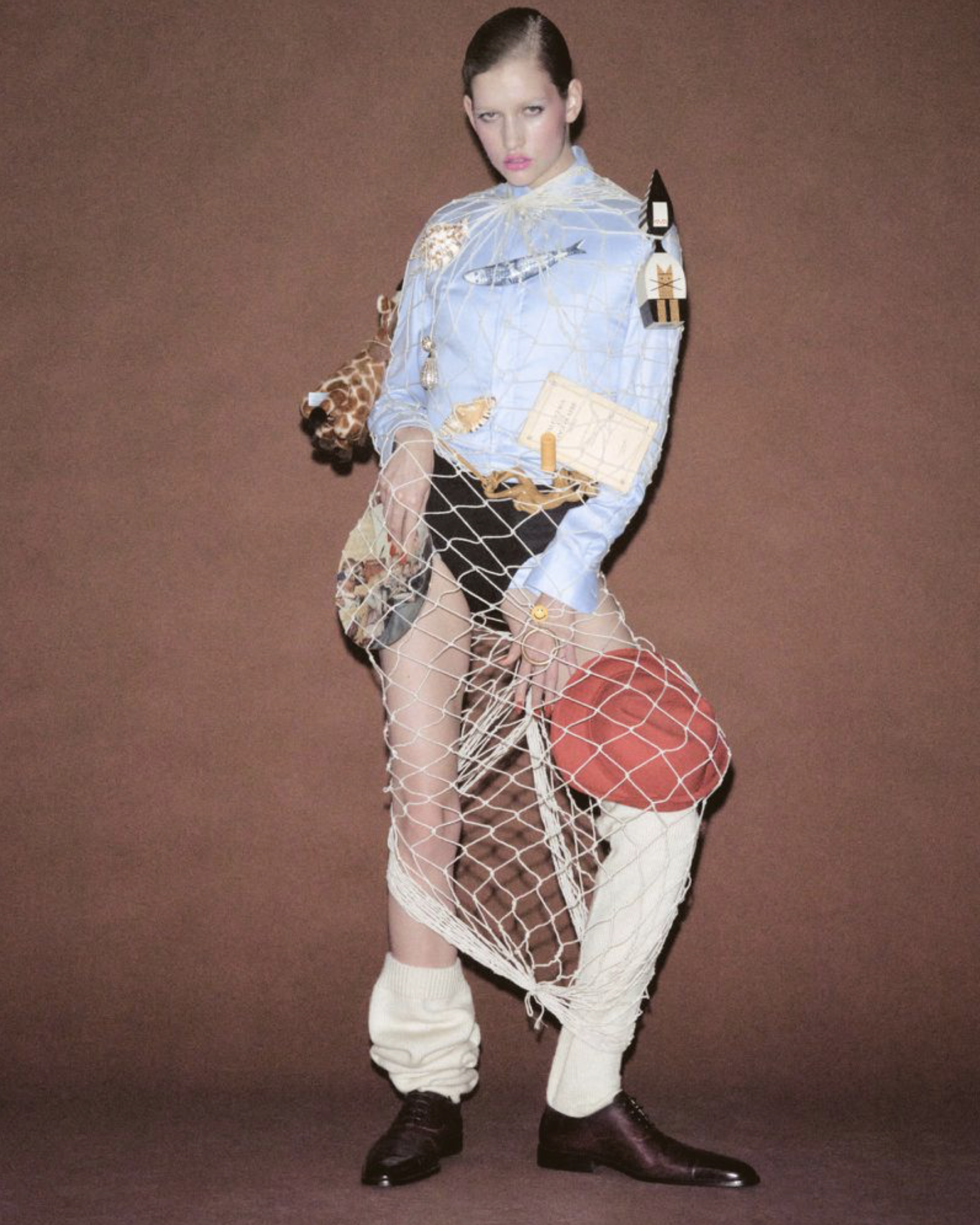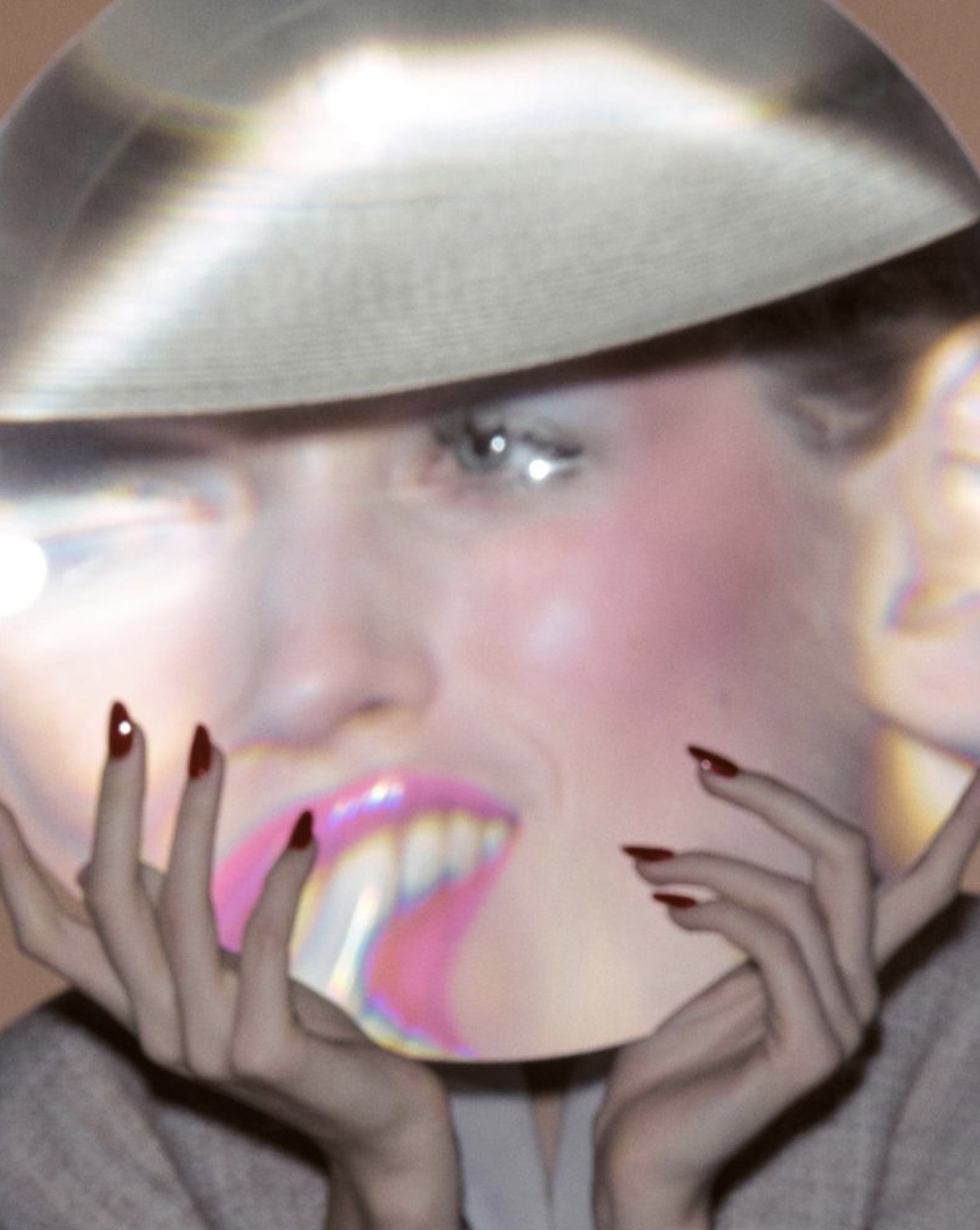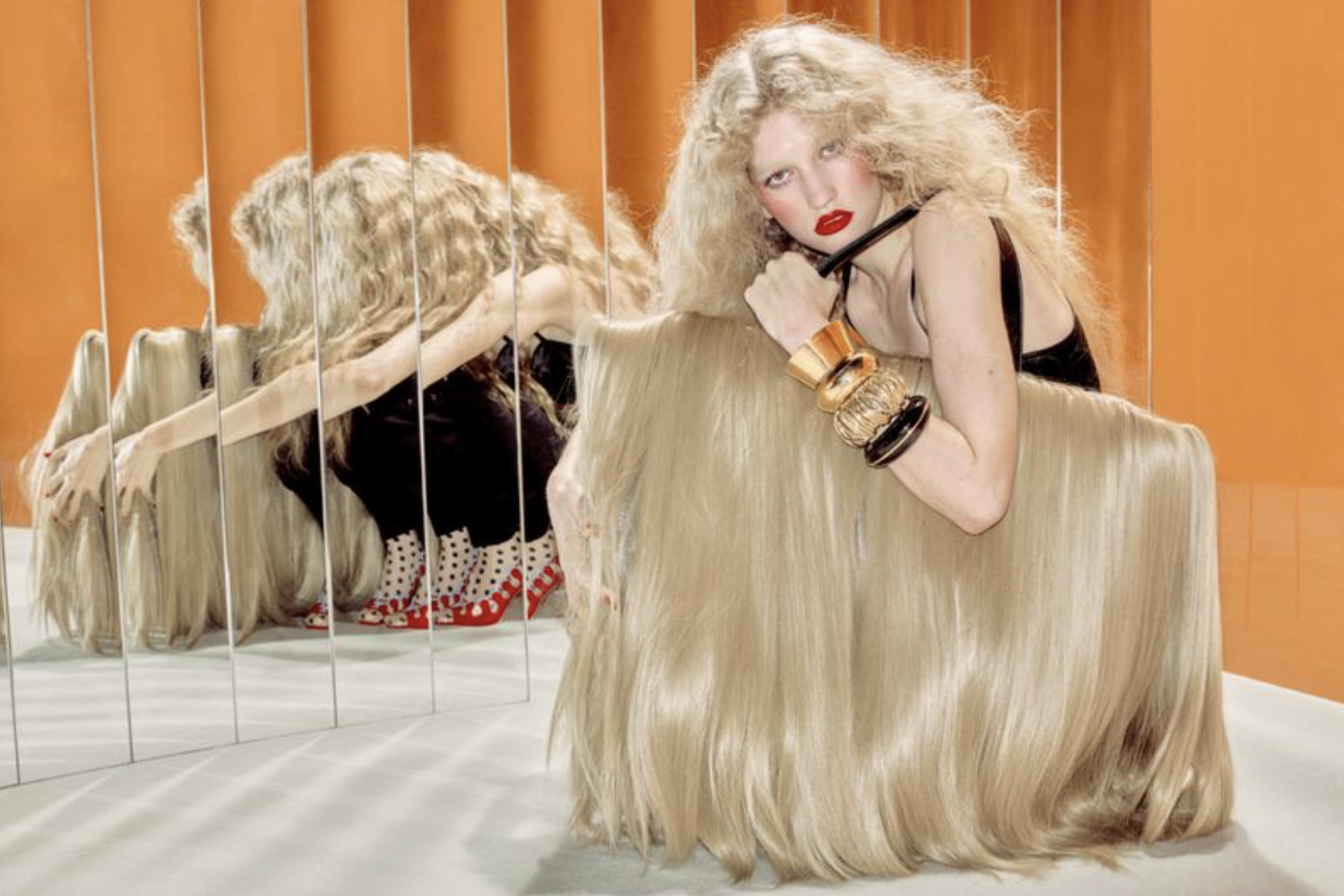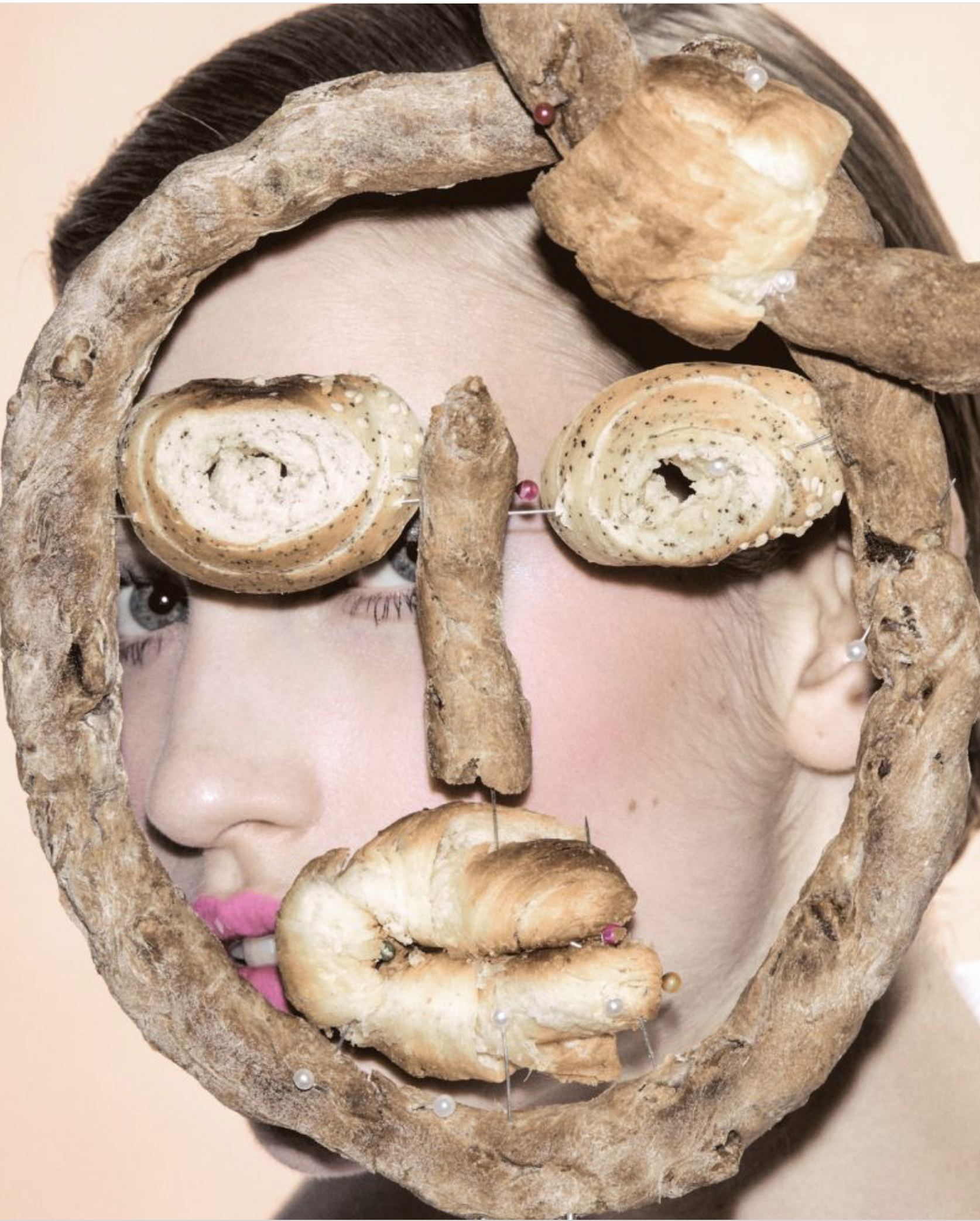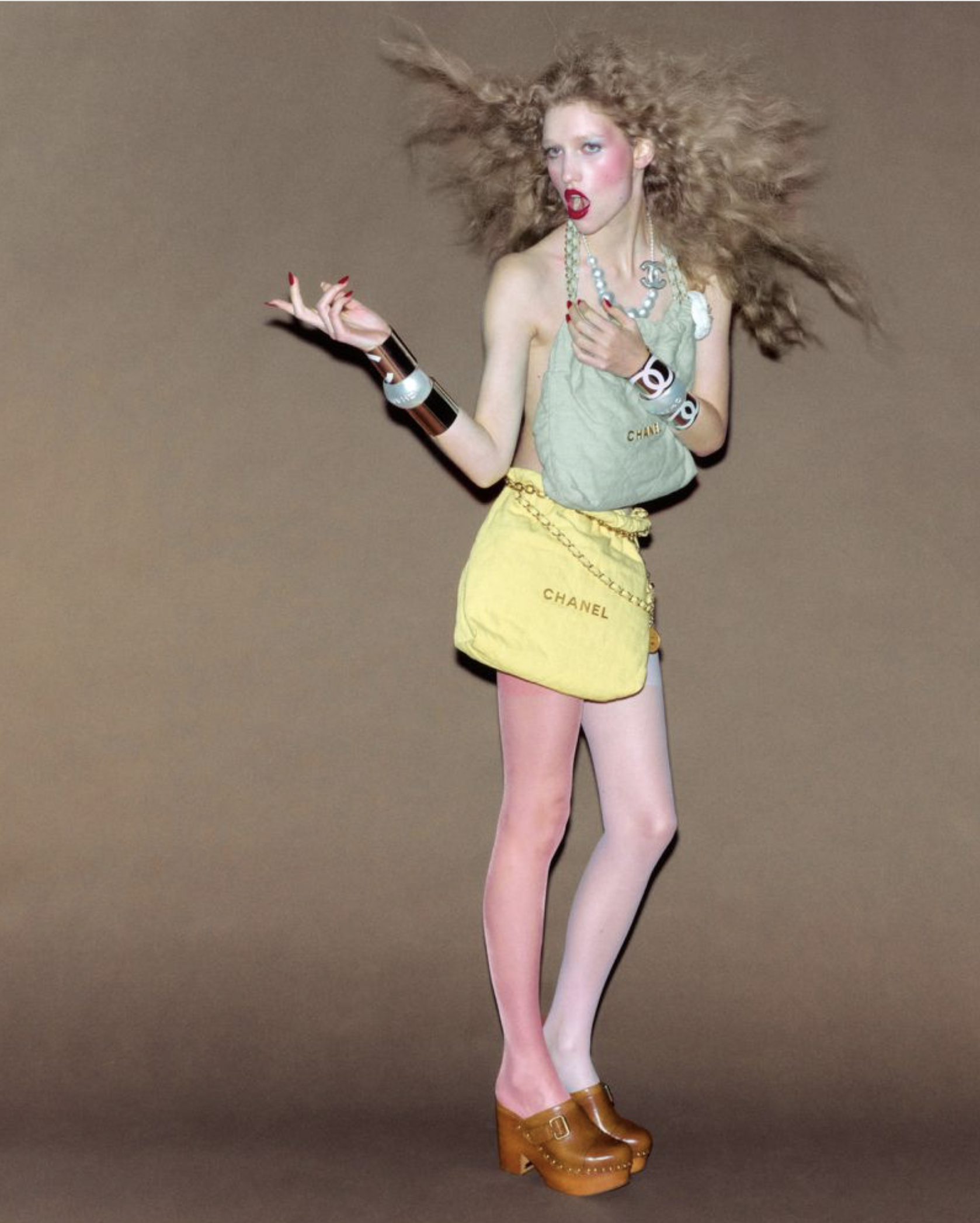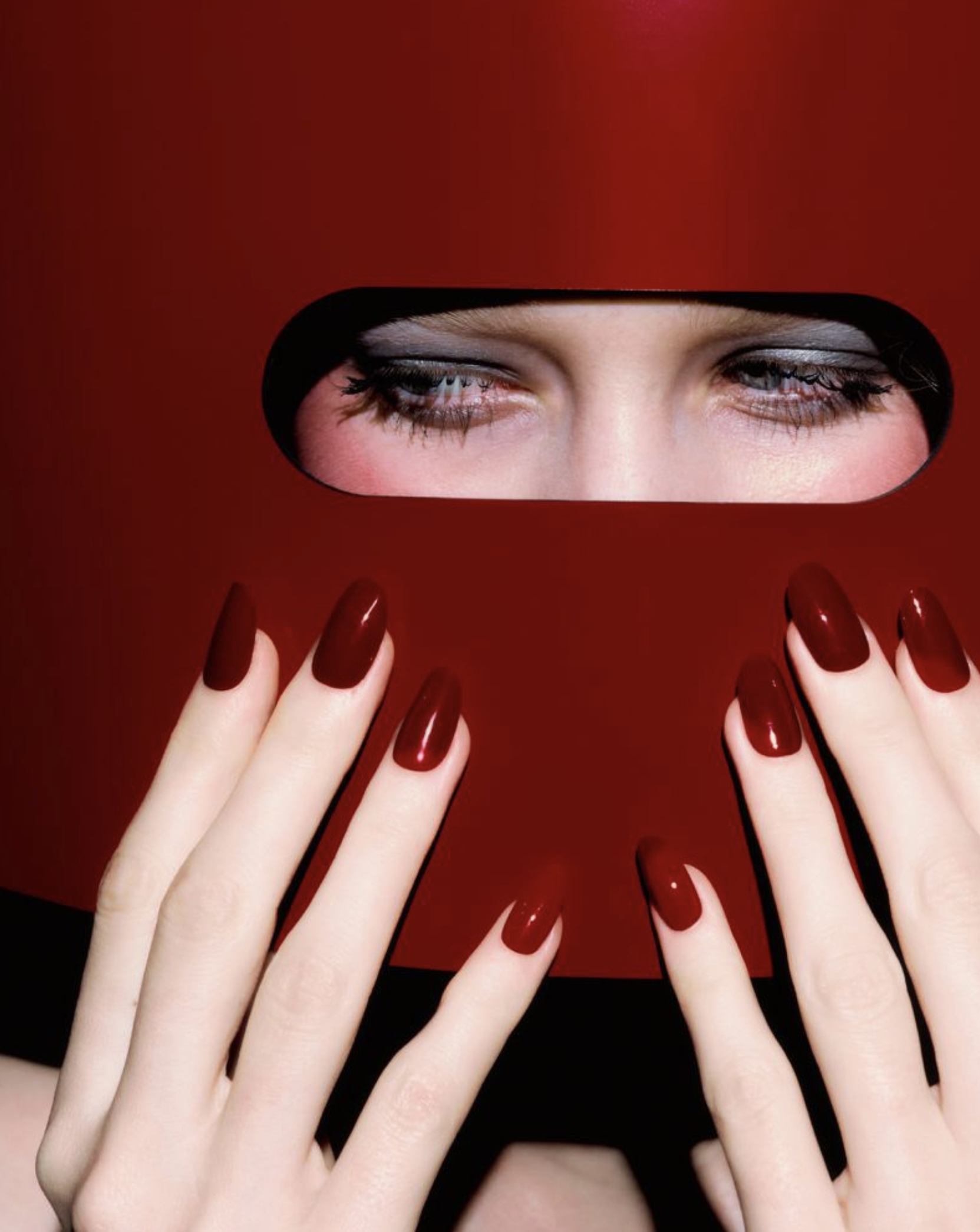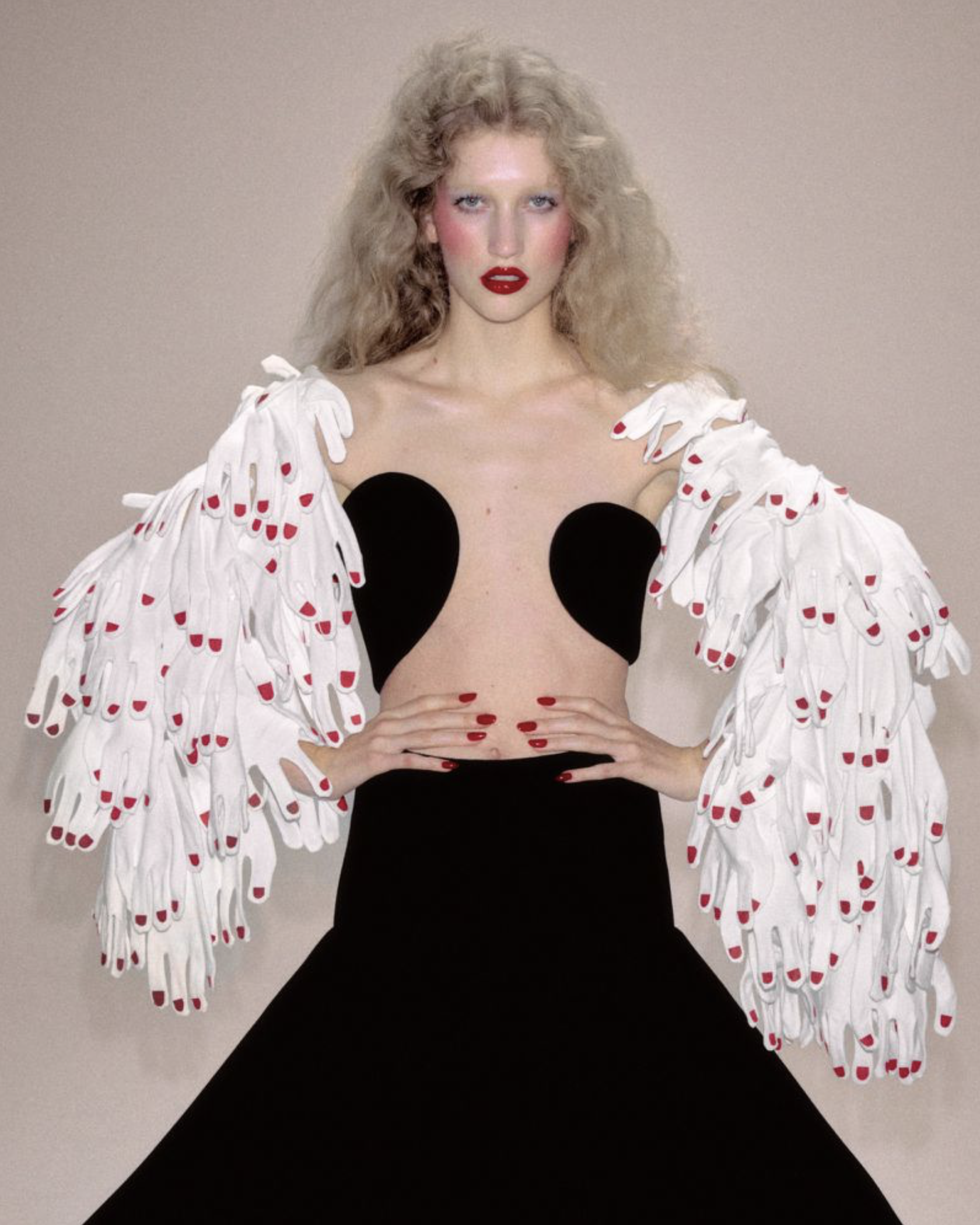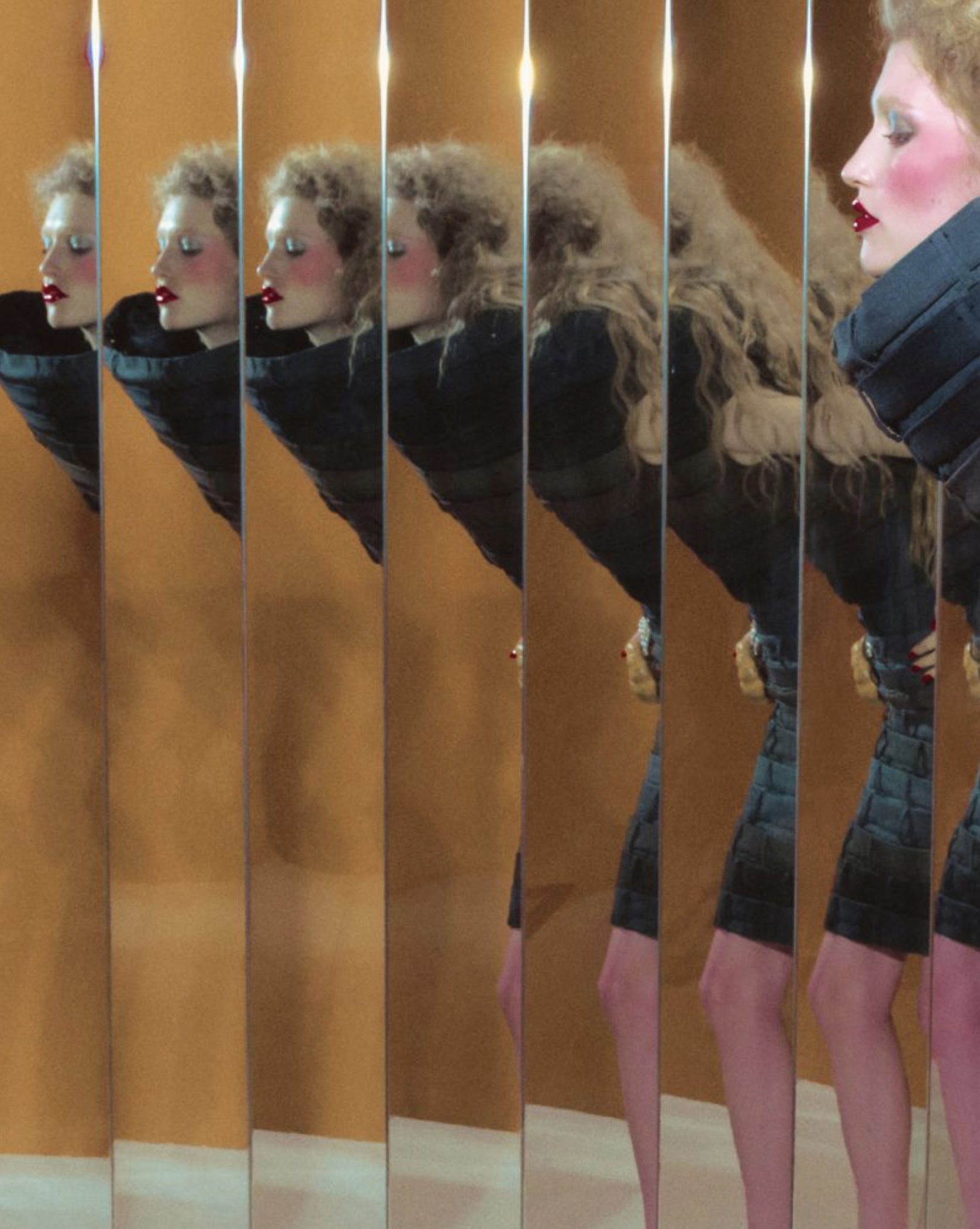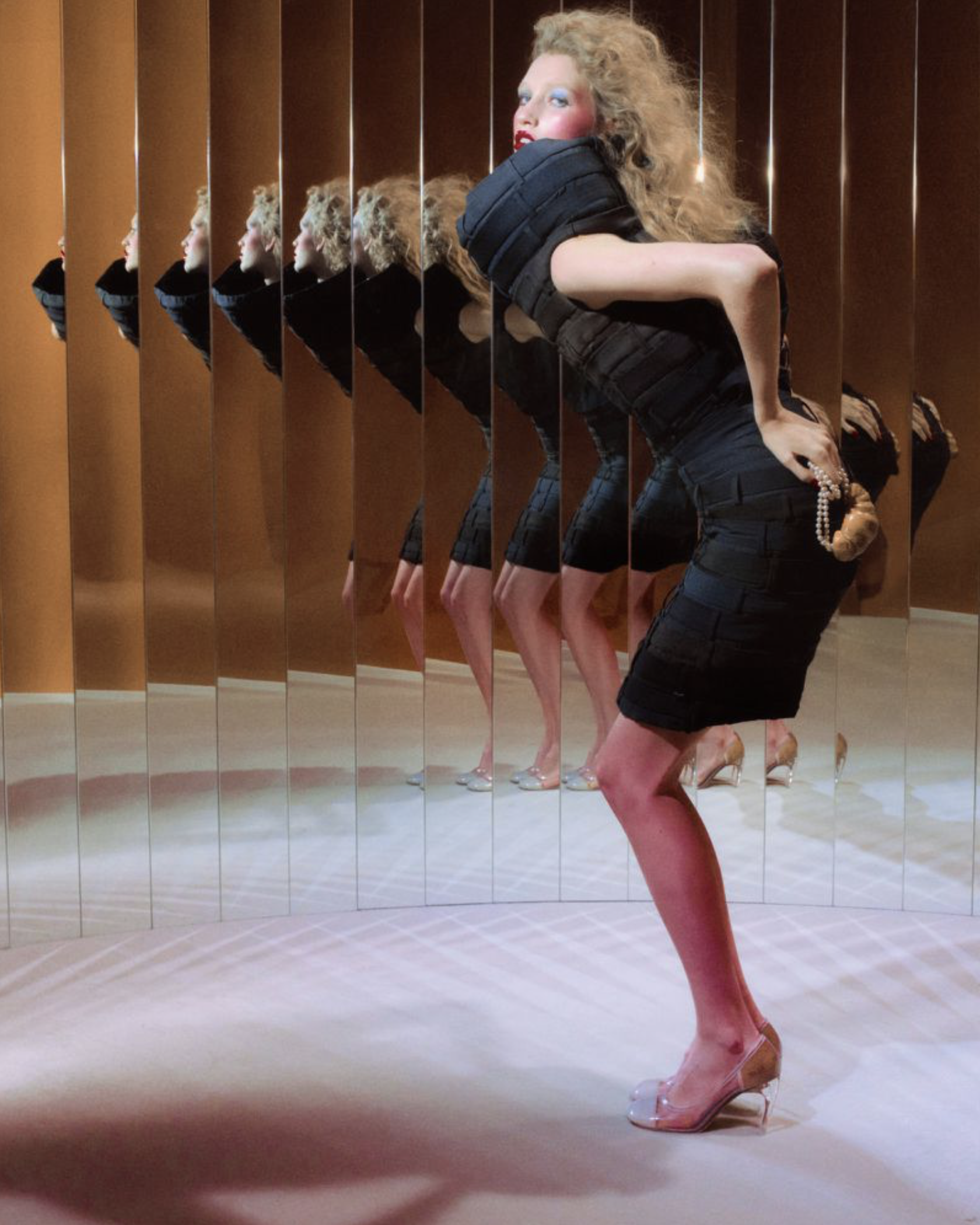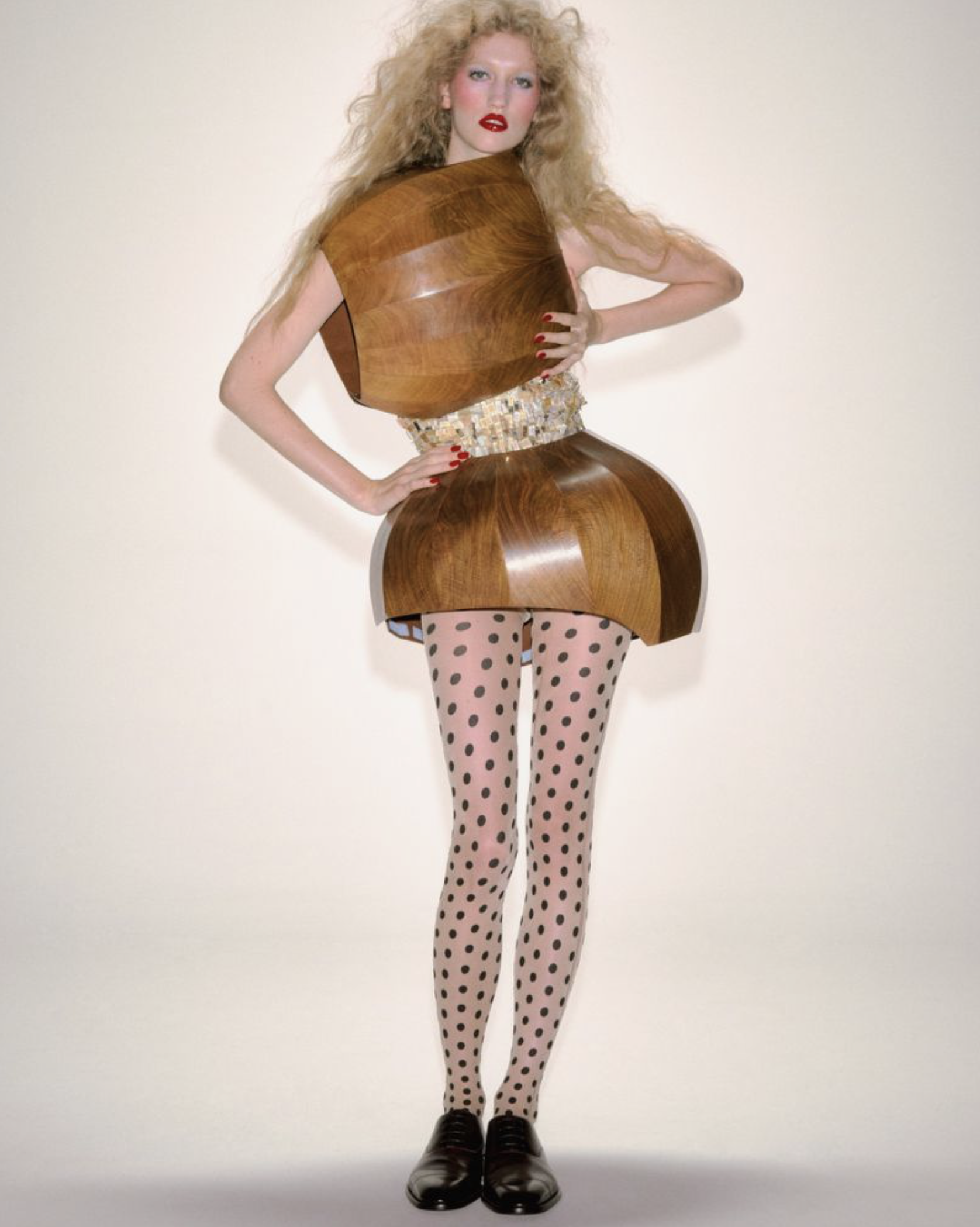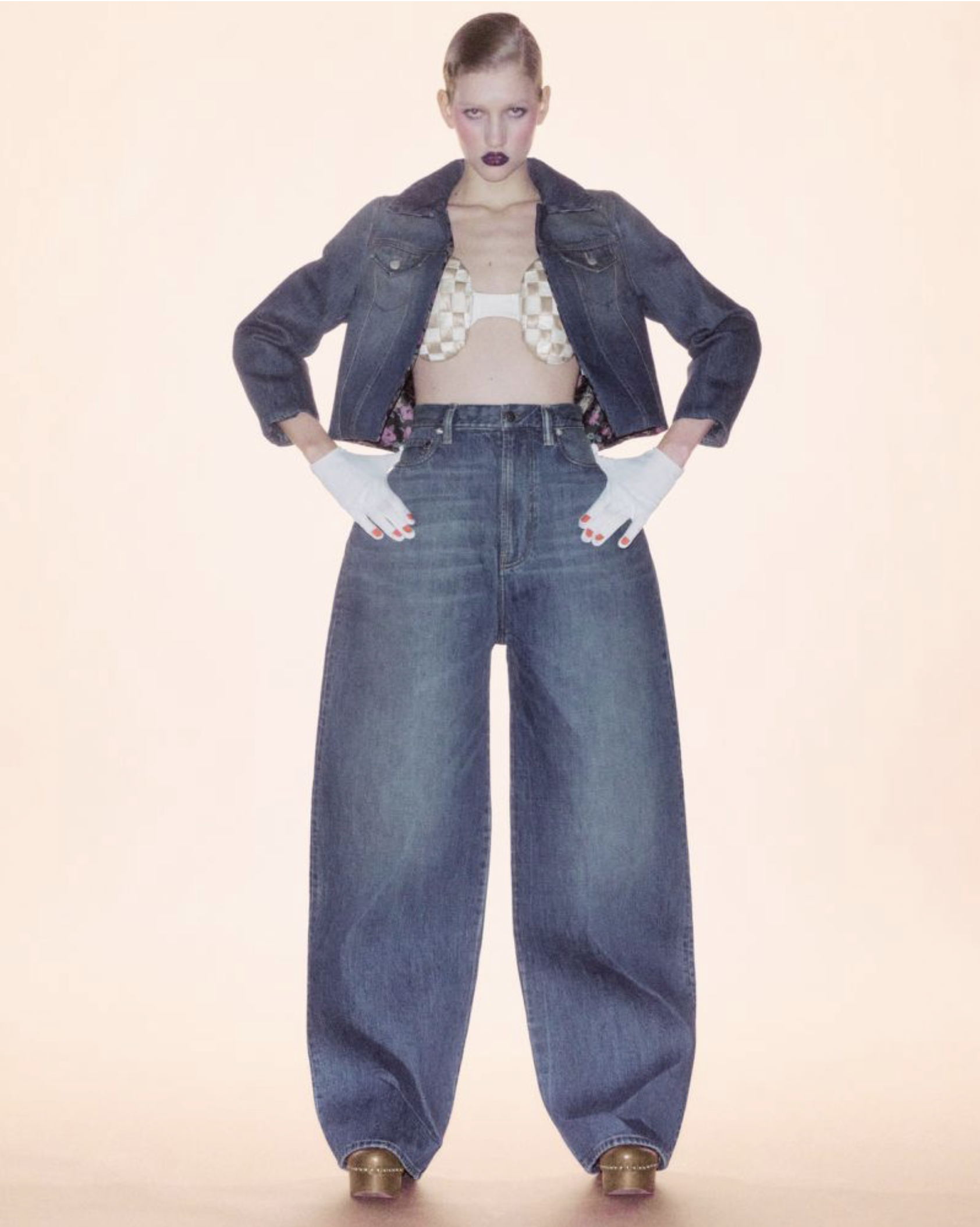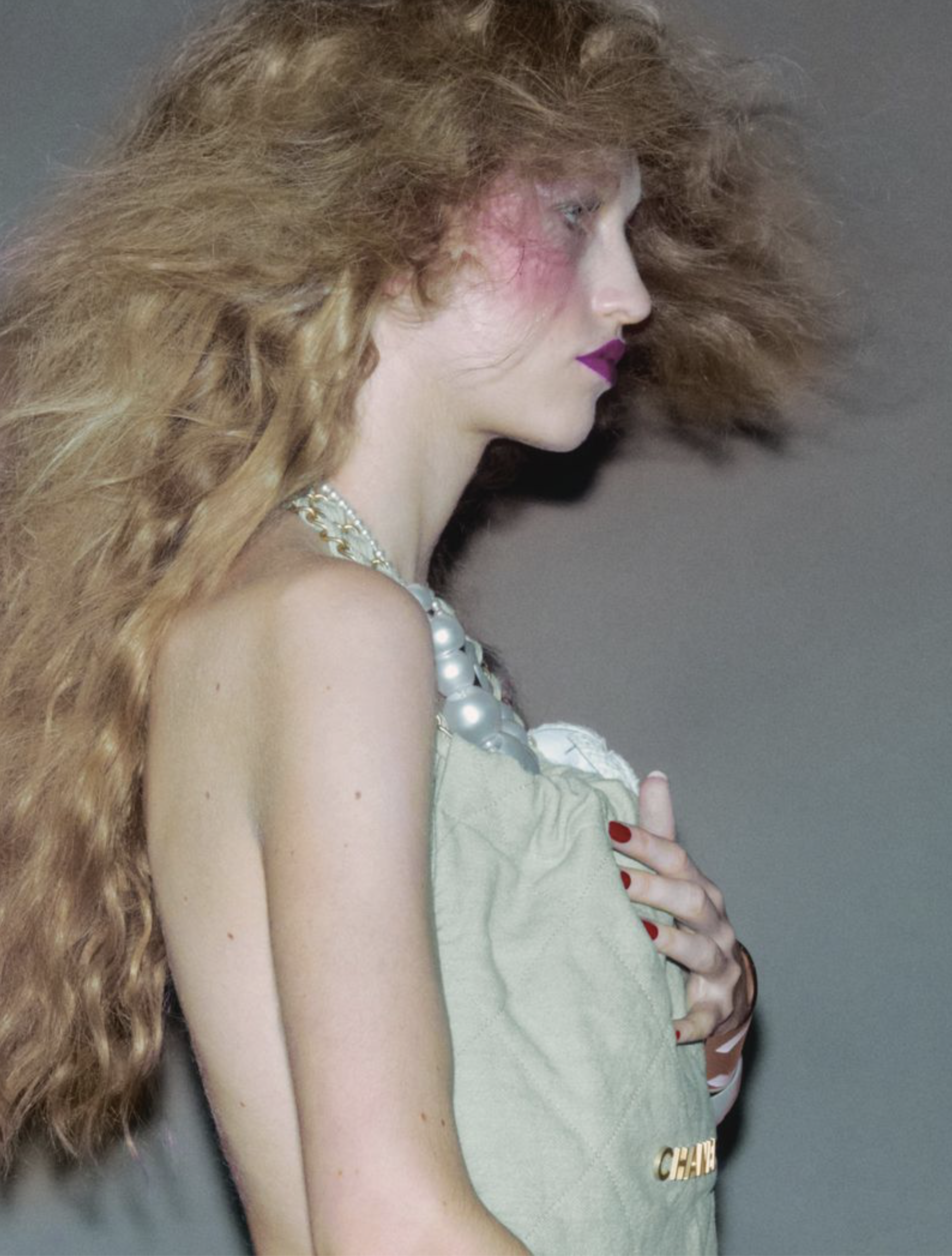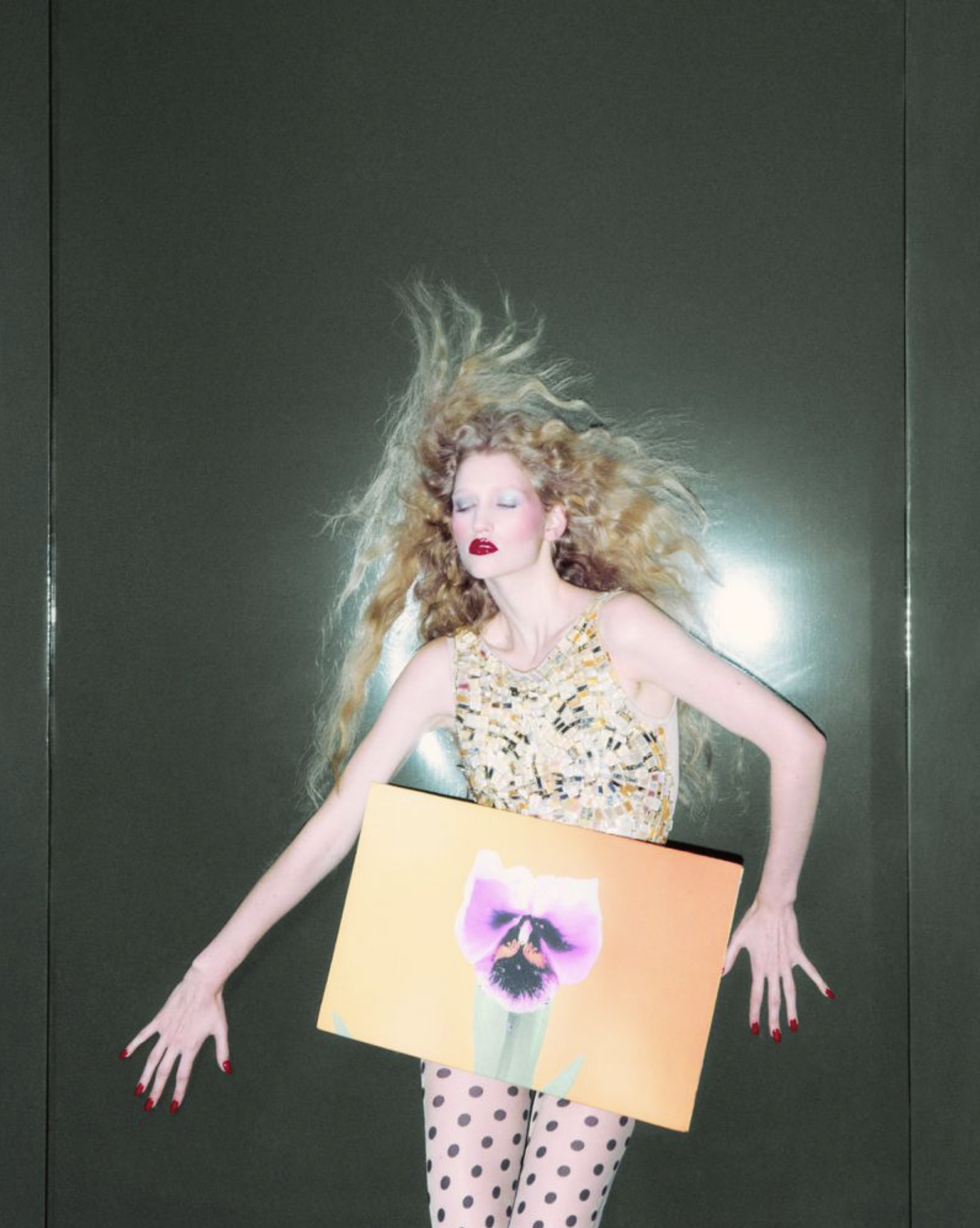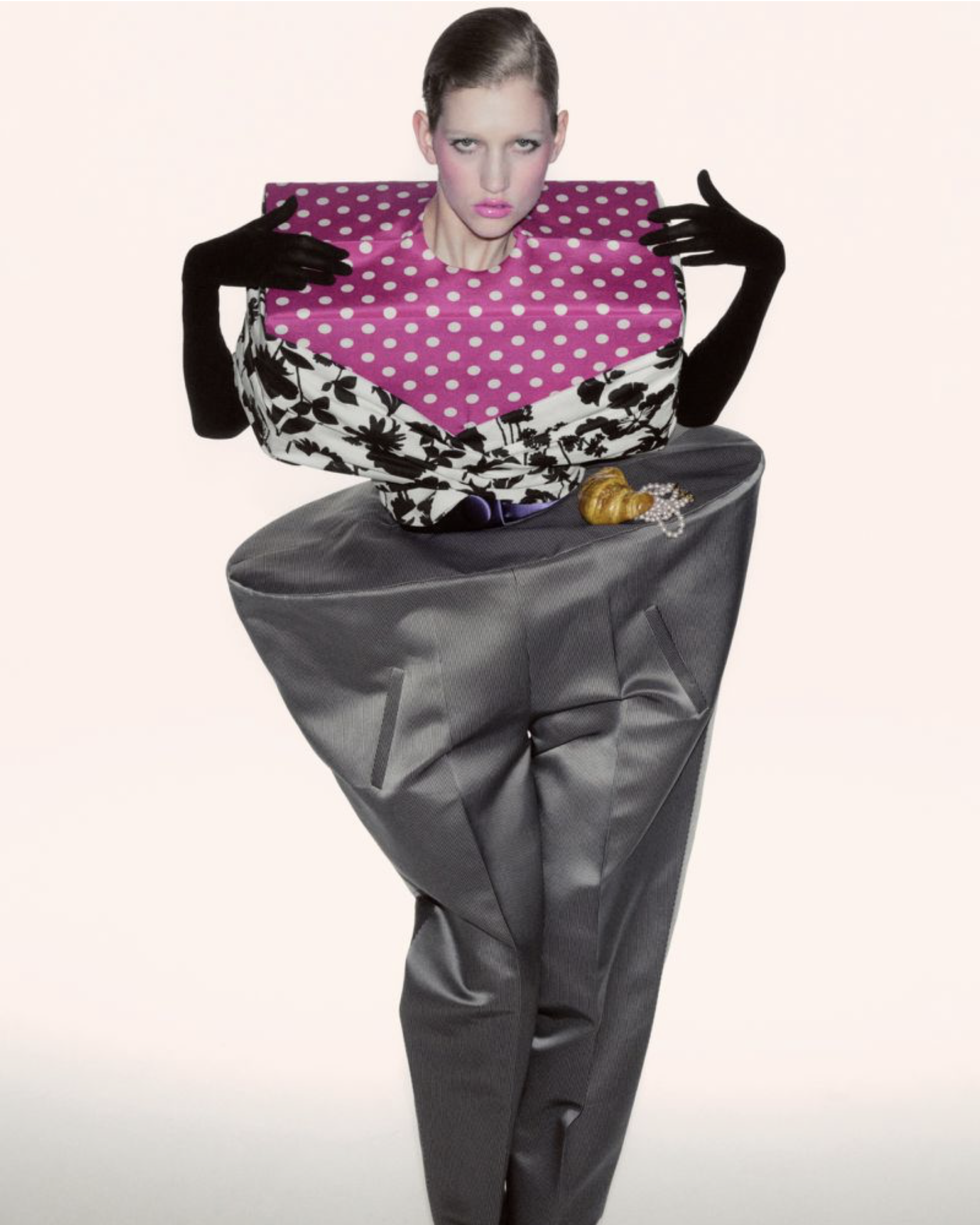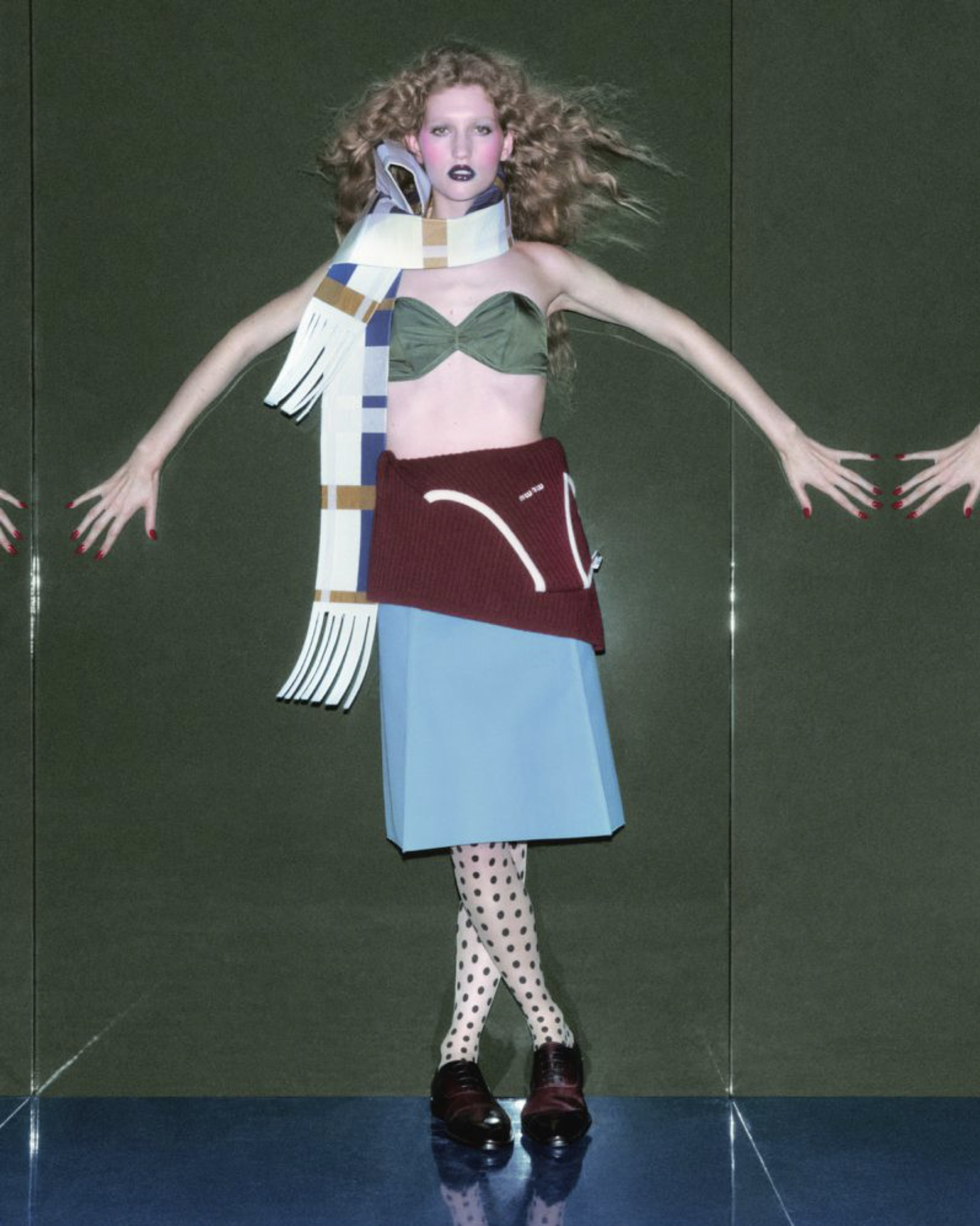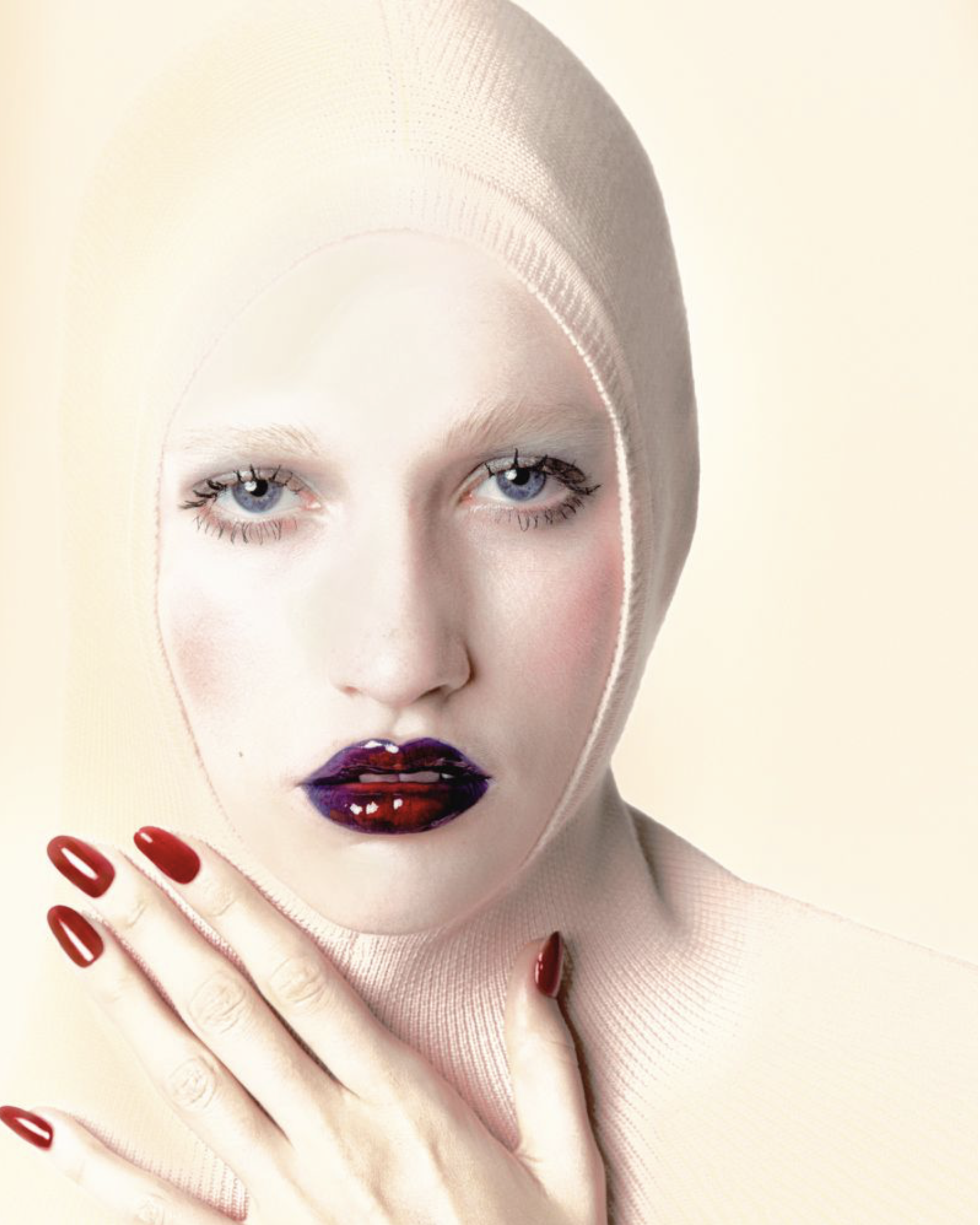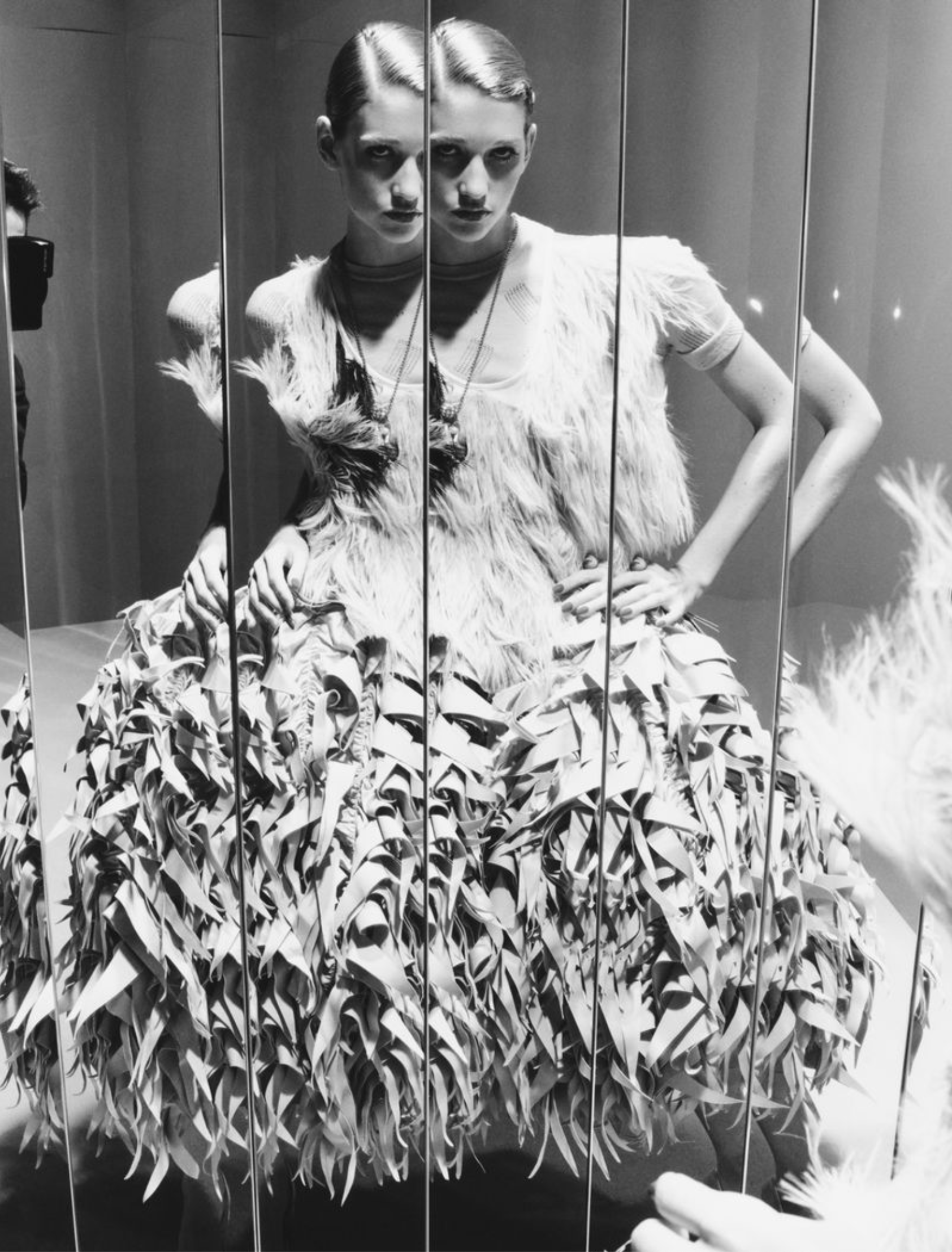Apolline Rocco Fohrer Explores Dadaism As Art in Fashion for W Magazine China
/The January 2025 issue of W Magazine China [IG] Vol.1 The Art Issue, carried a story focused on Dadaism, with model Apolline Rocco Fohrer styled by Austin Feng. Photographer Nick Yang [IG] captures the French model
Random, fluid, absurd or camouflaged, serendipitous, logic-defying. In defiance of traditional forms and aesthetic norms, Dadaism in the realm of fashion is being sculpted into a work of art, reborn through a prism of radical conceptual reinvention.
The Fusion Of Art And Fashion: Dadaist Techniques In Clothing
The impact of Dadaism on fashion represents a fascinating fusion of art and style, where traditional notions of clothing were challenged and redefined. Emerging in the early 20th century as a radical art movement, Dadaism thrived on a philosophy of absurdity, spontaneity, and a deep skepticism of conventional aesthetics. This ethos found its way into the fashion world, inspiring designers to embrace unconventional materials, asymmetrical forms, and avant-garde silhouettes.
Dadaist techniques in fashion often involved the deliberate subversion of norms, encouraging an exploration of the absurd and the unexpected.
Dadaism and Deconstruction
Designers influenced by Dadaism began experimenting with deconstruction, tearing apart established shapes and reconstructing garments in playful, unexpected ways. They favored collage techniques, layering fabrics, textures, and prints in an almost haphazard manner, creating multidimensional garments that defied logic and expectation. The use of found objects and unconventional materials further captured the Dada spirit, pushing fashion beyond its functional roots into a realm akin to wearable art.
This transformative approach allowed fashion to become a canvas for political and social commentary, breaking down the barriers between high art and everyday wear. By integrating these playful yet provocative elements, Dadaist fashion urged both designers and wearers to question societal norms, ultimately fostering a culture where creativity, individuality, and rebellious spirit flourished.
Dadaism and Rebellion
When Dior’s Maria Grazia Chiuri is influenced by a rebellious punk spirit in her designs, Dada spirits are in the house.
We return again to designer Elsa Schiaparelli and her collaborations with Salvador Dali. Having this conversation about Dadism and Surrealism a few years ago, AOC expected a greater response by the fashion industry to these art movements, especially with the intriguing re-invention underway at the modern house of Schiaparelli.
Another designer influenced by Dadaism was Comme des Garçons' Rei Kawakubo, whose work often embodies the Dadaist ethos of challenging traditional aesthetics and defying logical conventions. Kawakubo's designs frequently disrupt traditional silhouettes, employing asymmetry and abstract forms, encouraging viewers to question the very nature of fashion.
Hussein Chalayan, often recognized for his conceptual approach to design, aligns with Dadaist principles by consistently blurring the lines between fashion, art, and technology. His works often challenge perceptions of clothing by incorporating unconventional materials and mechanisms, creating pieces that are not only garments but also provocative statements.
It would not be surprising to see American artists and designers dabble in surrealism and dadaism as a form of expression in Trump’s America. When the American president claims the right to target any American citizen that he chooses — even me — and send that individual off to a gulag in El Salvador — never to be seen again — it’s easy to imagine fashion and style sharing history lessons and quiet strategies of rebellion.
The US president claimed this authority for himself today and asked the El Salvadorian president to rapidly expand his facilities because Trump liked the idea of sending American citizens to his country.
With an administration committed to rewriting American history, Trump’s threats against individual Americans must be taken very seriously. My Jewish playwright landlord in New York City went to prison during the 1950s, defined as a Communist by two Wisconsin Senators McCarthy and Wiley.
Right now, we have no idea where this situation is going.
